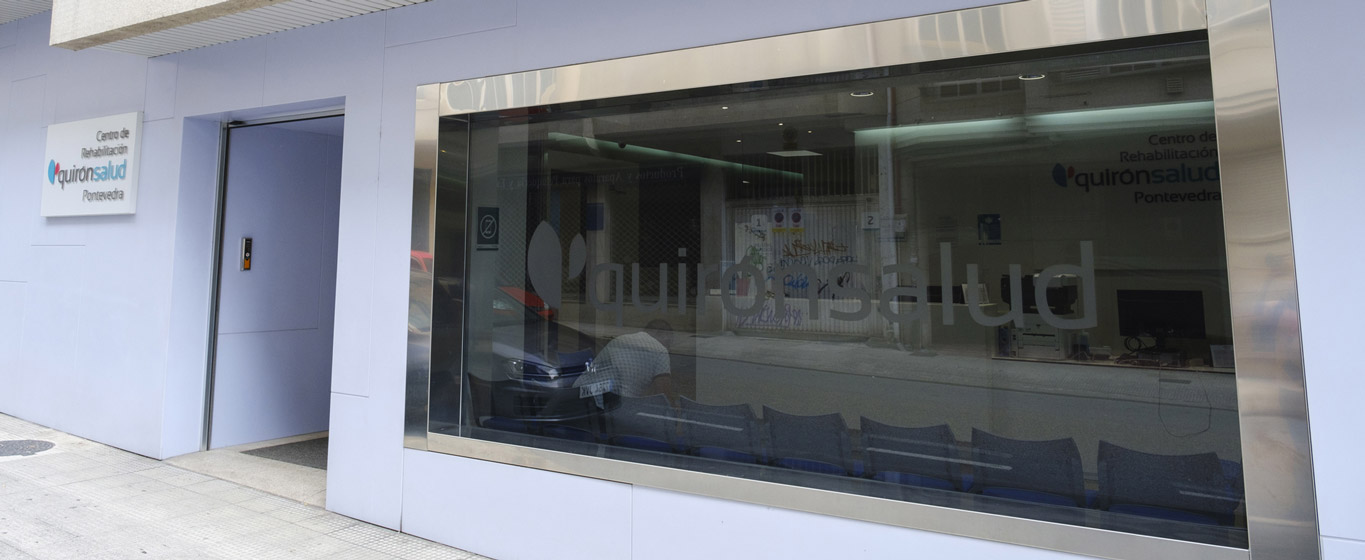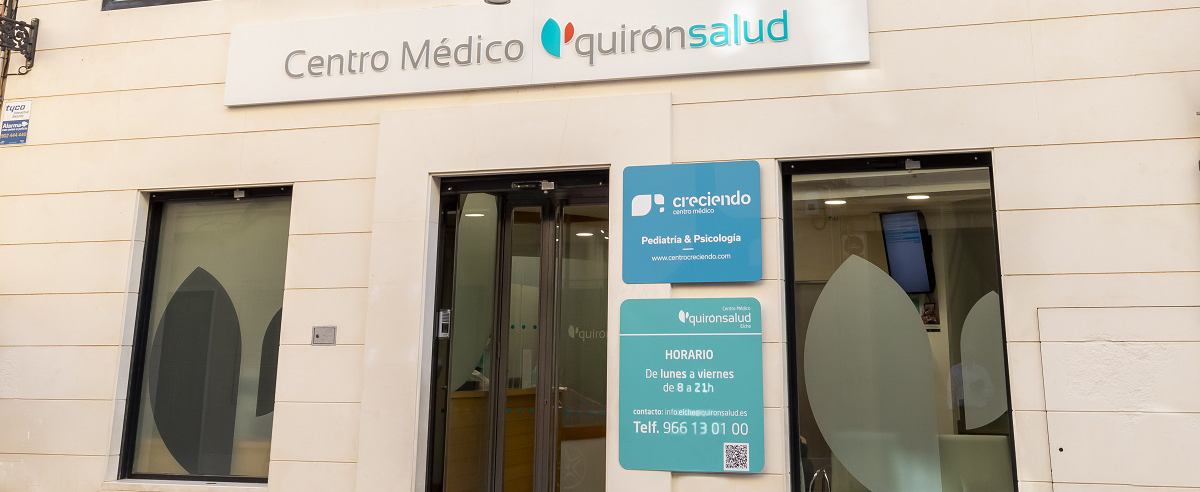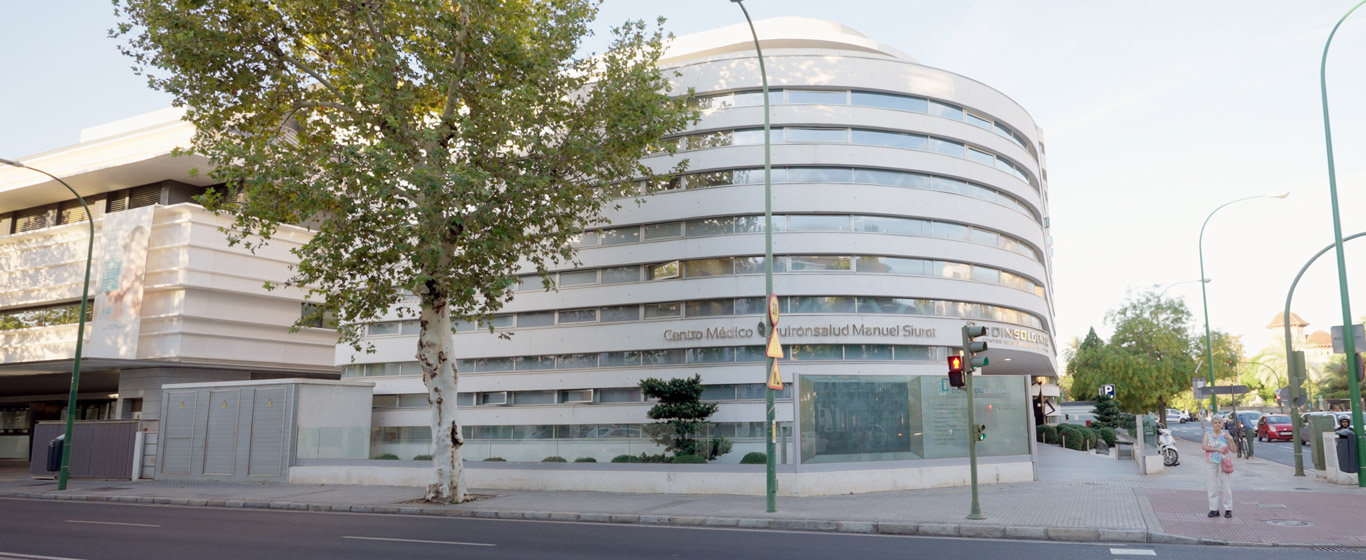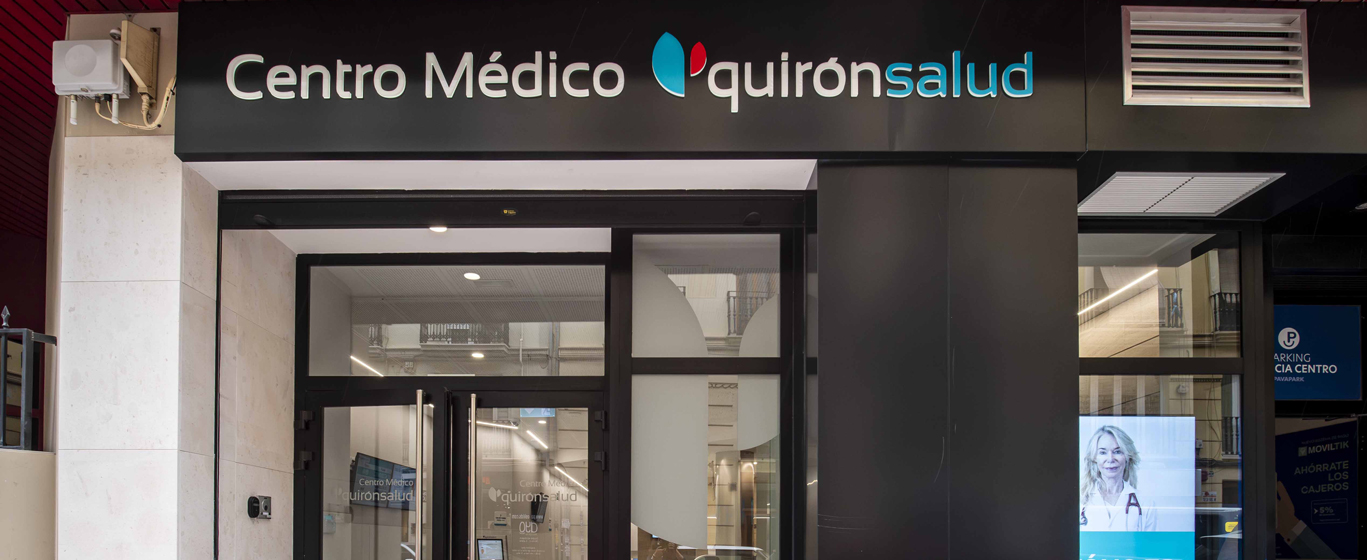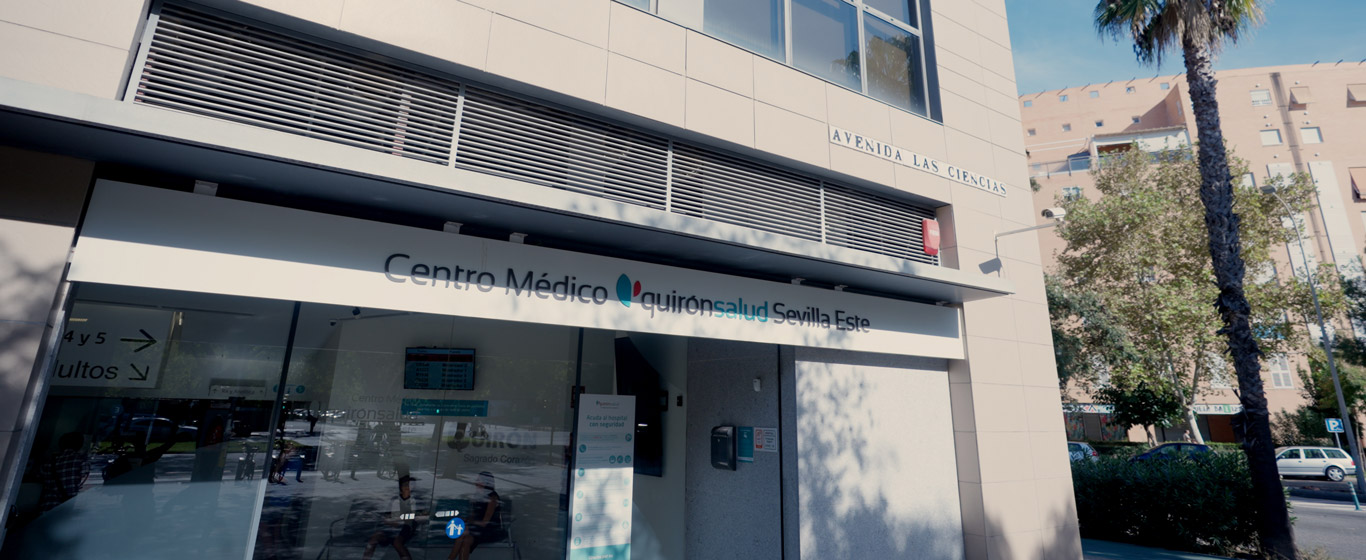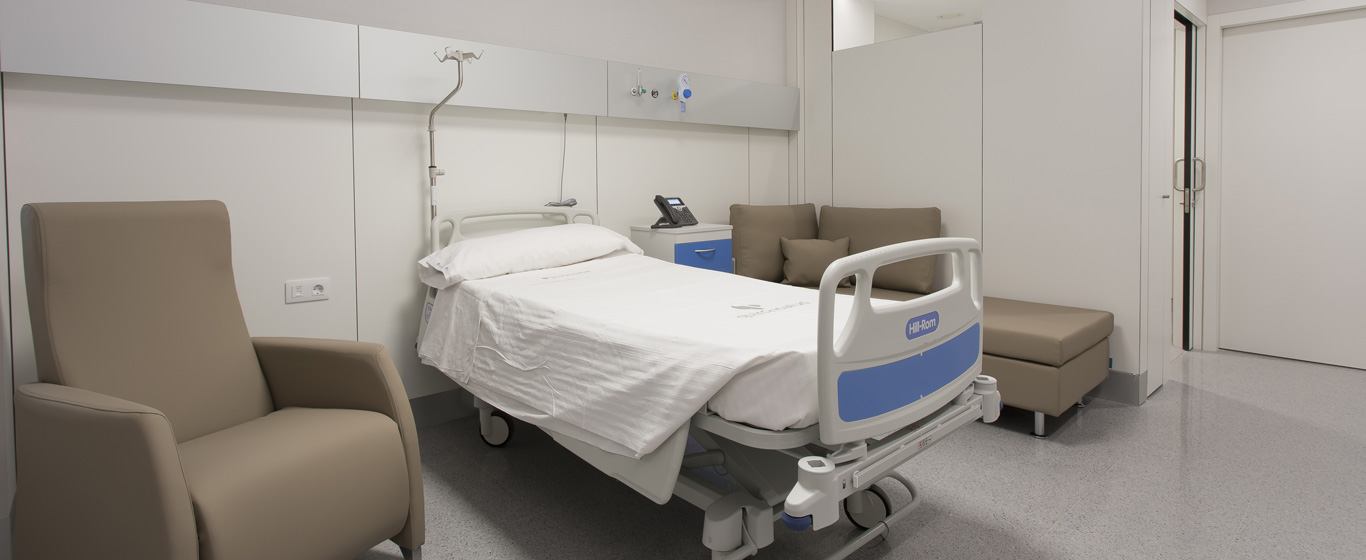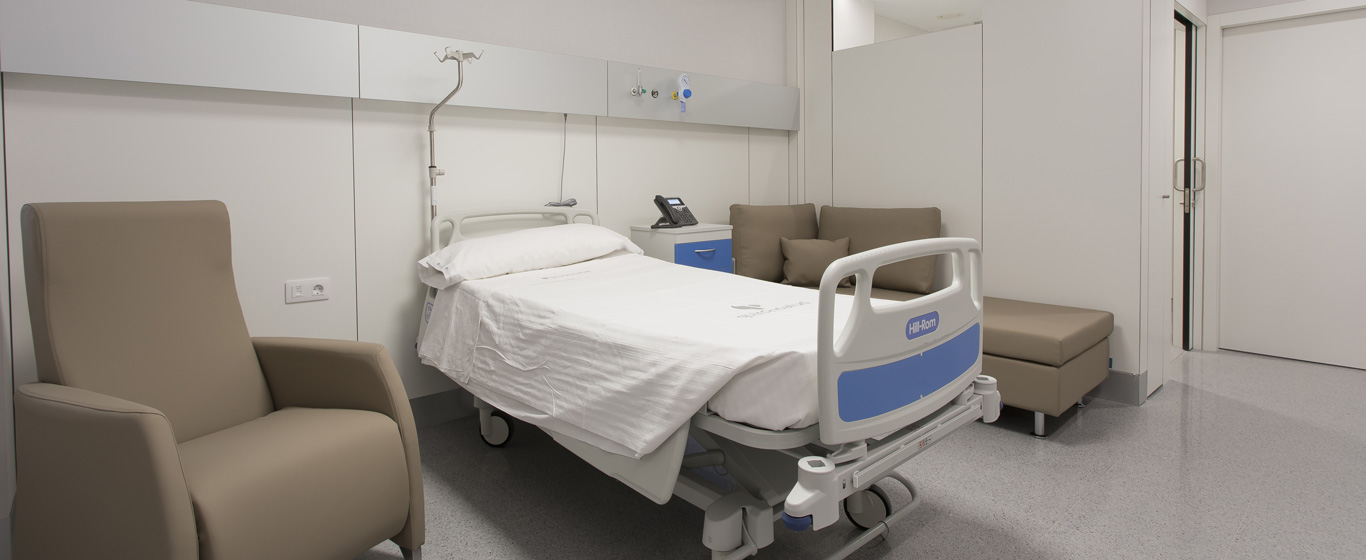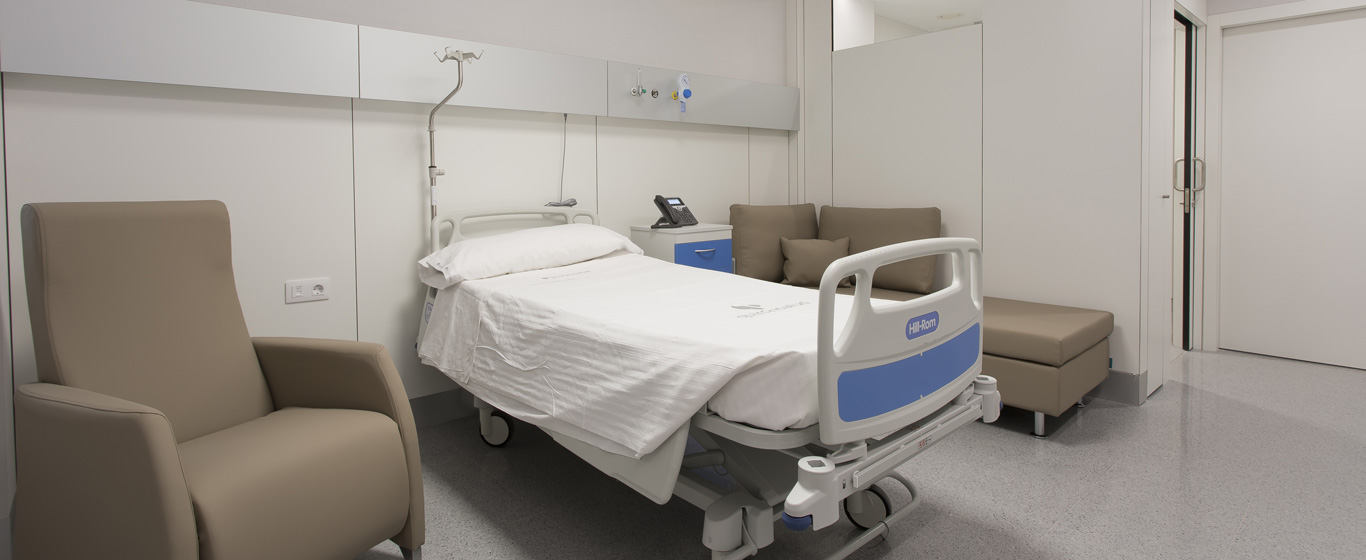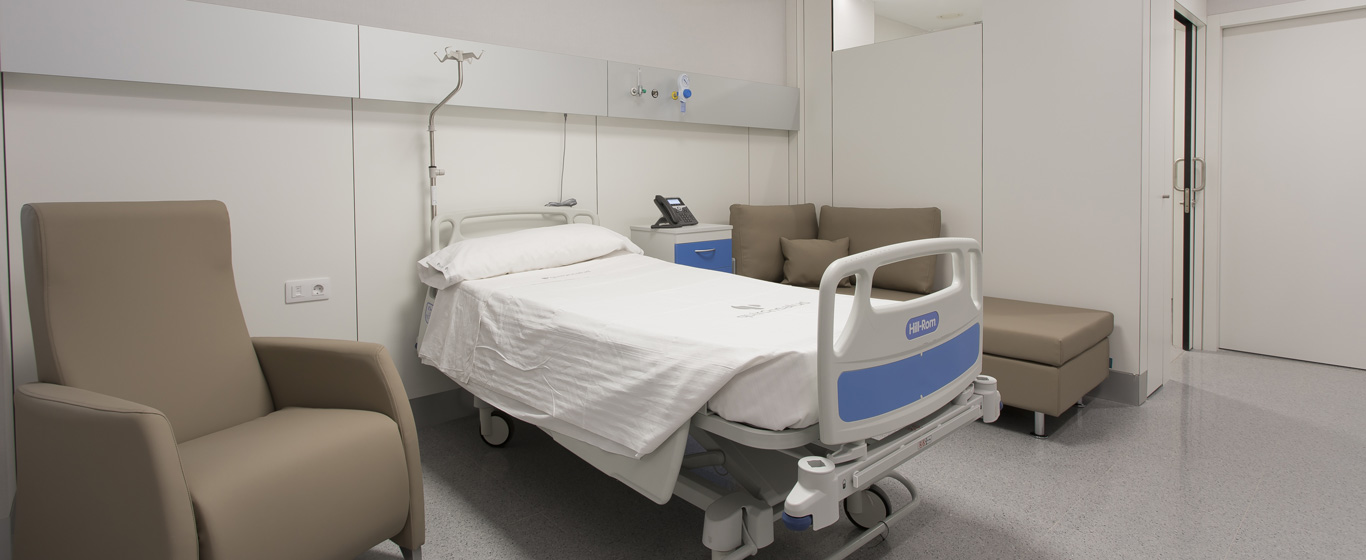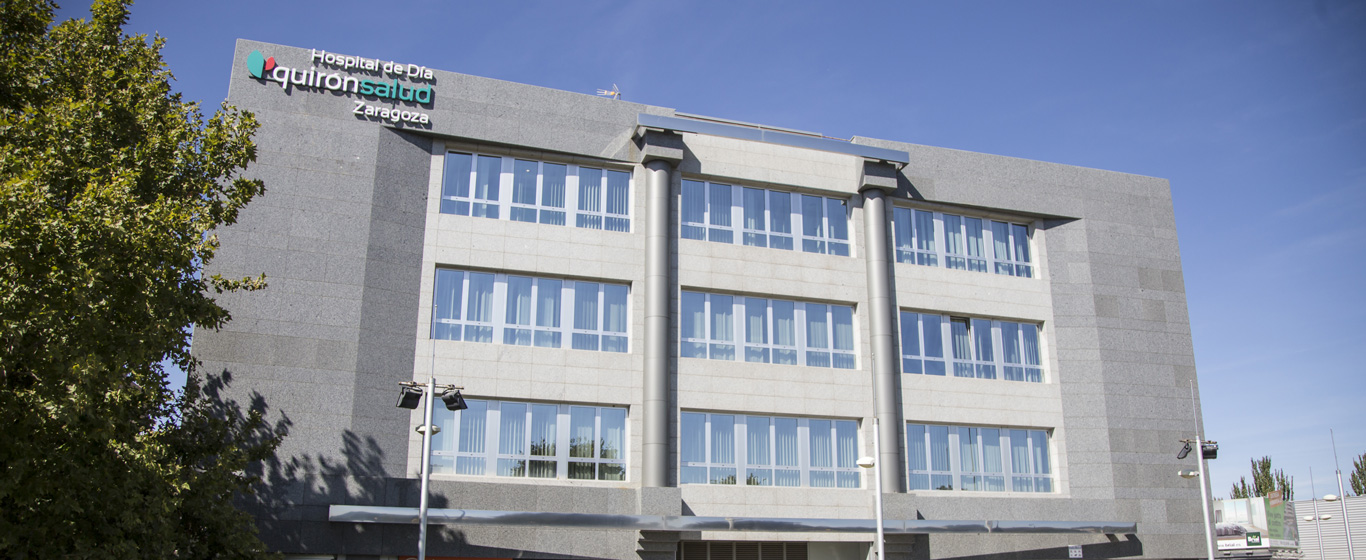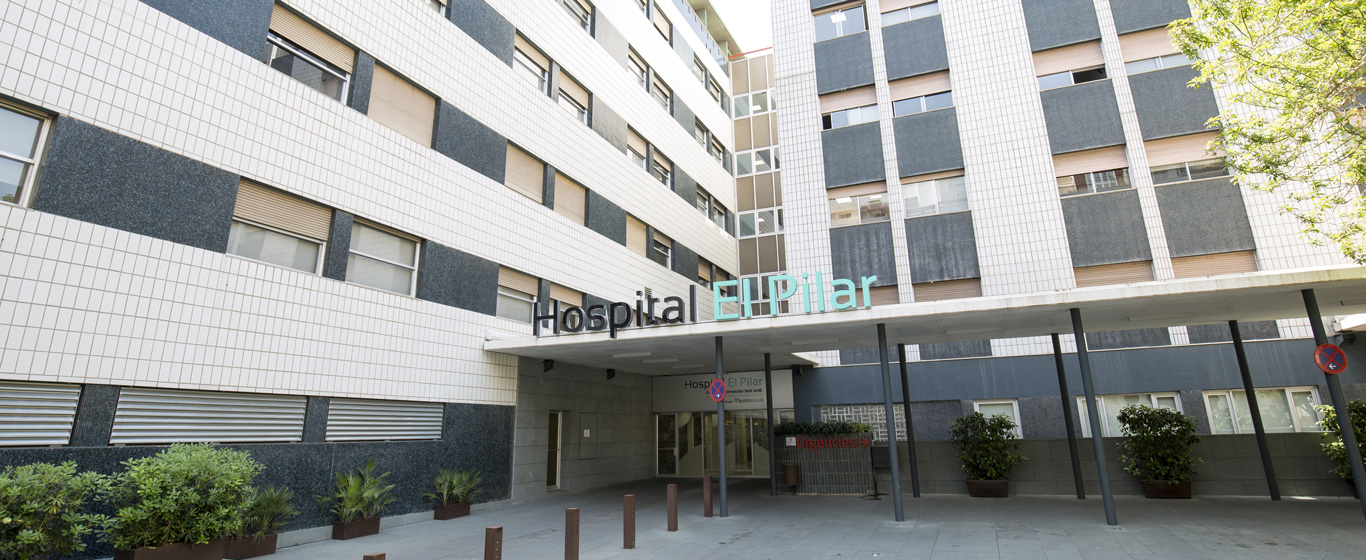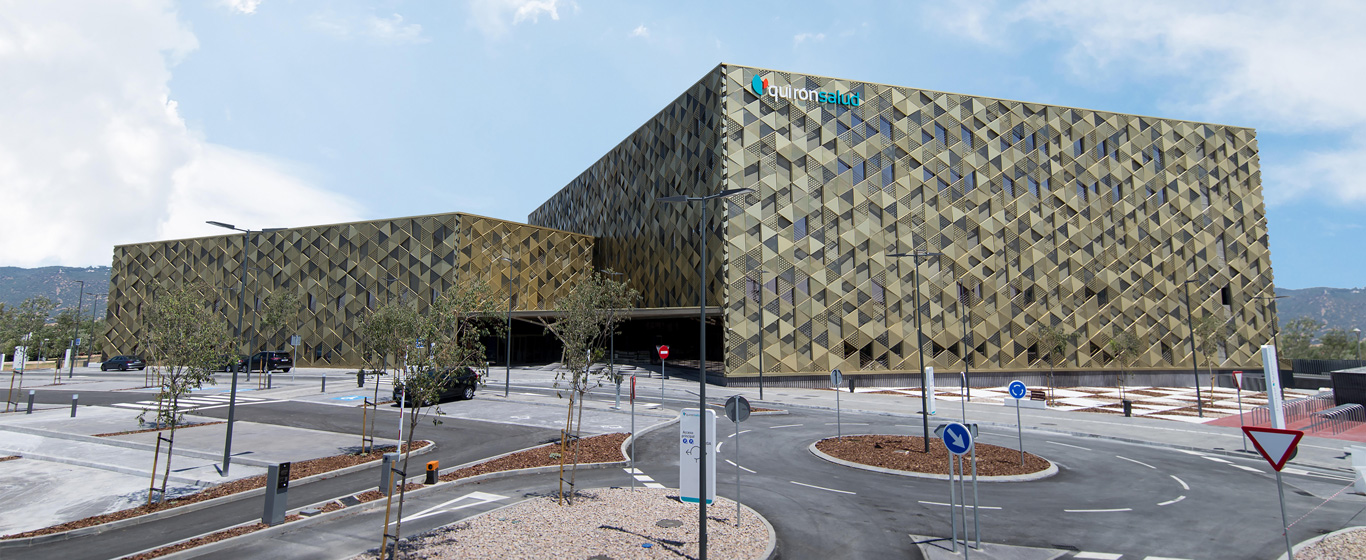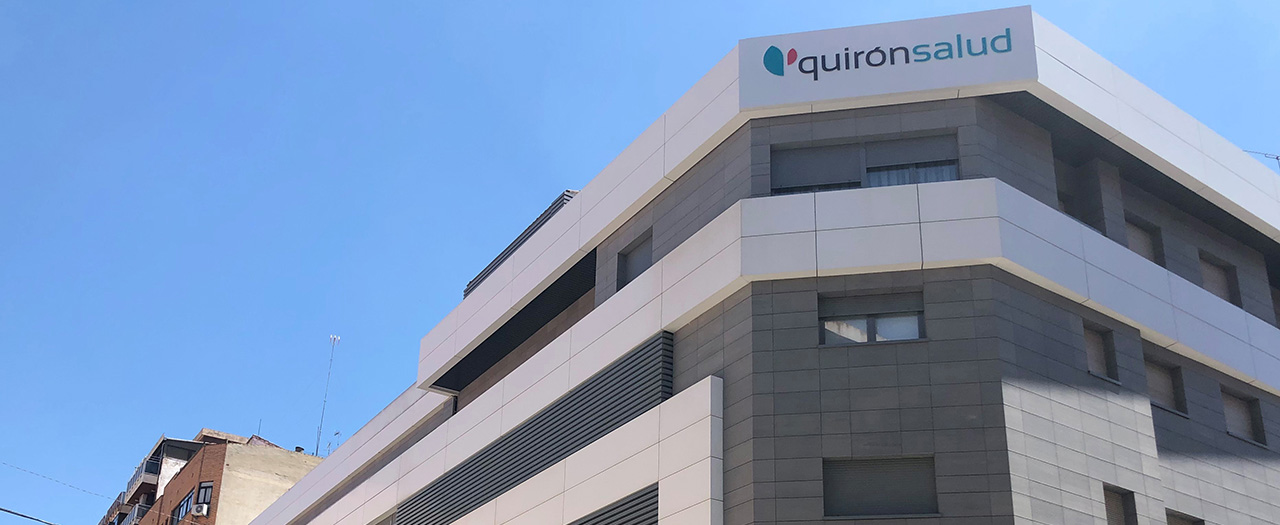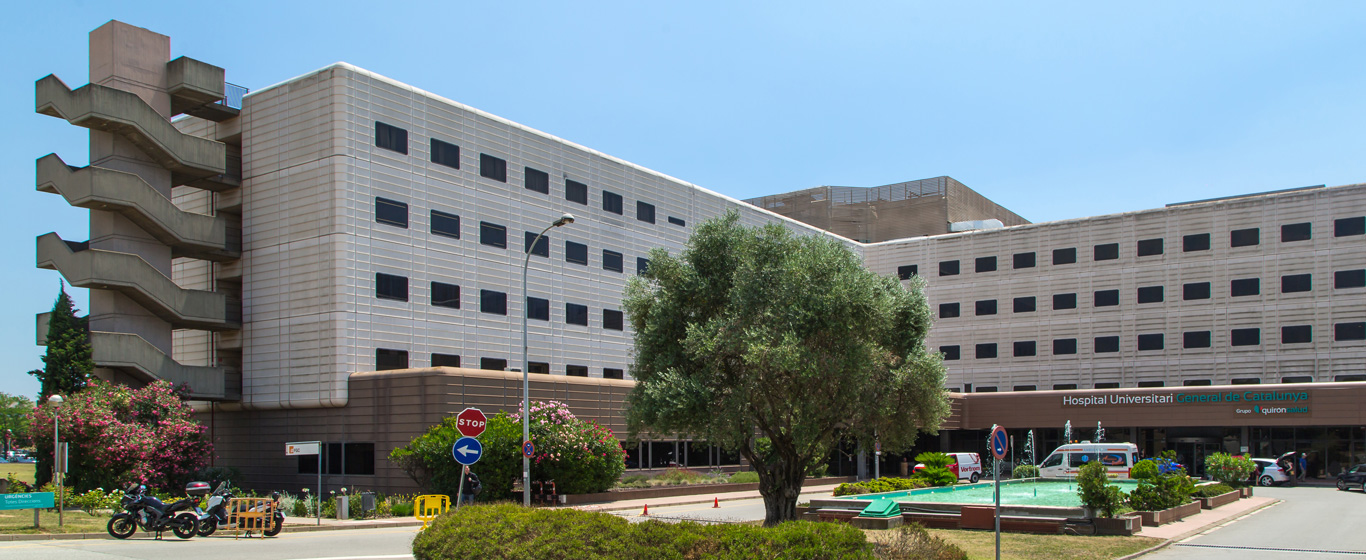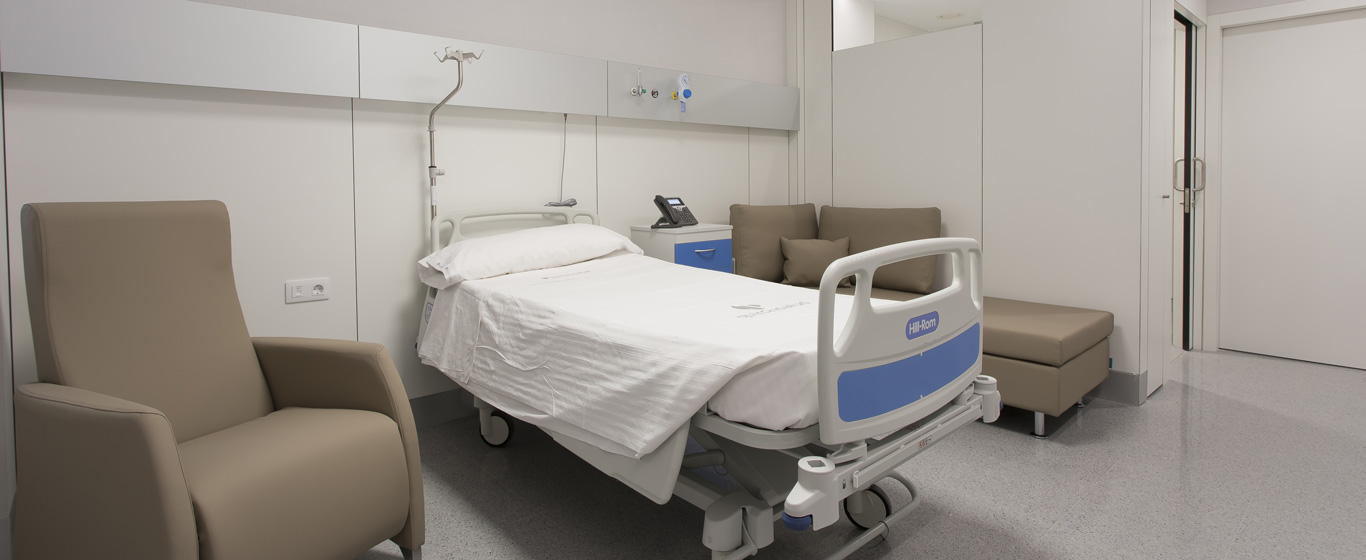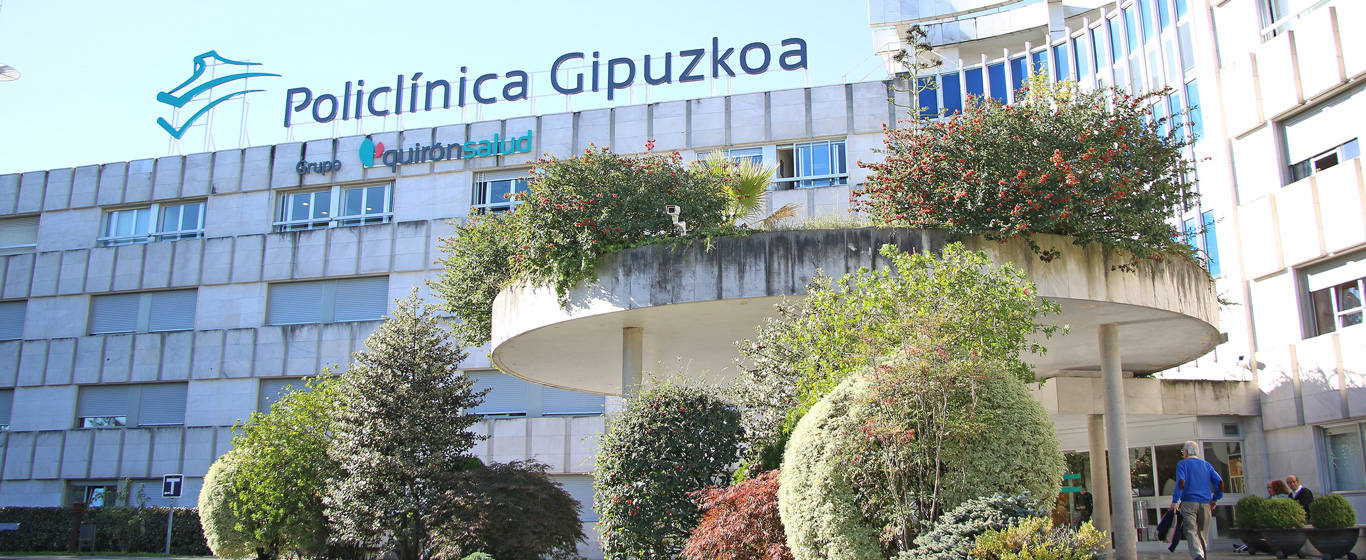Spinal Magnetic Resonance Imaging (MRI)
This type of magnetic resonance imaging allows for detailed visualization of the structures of the spine. It is a painless and harmless test for the patient.

General Description
Spinal MRI is a diagnostic test that uses radiofrequency waves and a high-powered magnetic field to generate images of the structures that form the spinal column. It is a non-invasive technique that does not emit ionizing radiation, making it safe for the body.
This test allows visualization of the entire spine or specific segments:
- Lumbosacral MRI: focuses on the lower back (vertebrae S1–S5, L1–L5, and coccyx).
- Lumbar spine MRI: examines the lumbar region (vertebrae L1–L5).
- Thoracic spine MRI: assesses the thoracic (dorsal) spine (vertebrae T1–T12).
- Cervical spine MRI: evaluates the upper spine, starting at the base of the skull (vertebrae C1–C7).
There are two types of spinal MRI based on the scanner used:
- Closed MRI: This is the most common type, as it produces higher-quality images due to the stronger magnetic field generated. It involves a tube approximately 70 centimeters in diameter, around which the magnetic plates rotate.
- Open MRI: This is used for patients with obesity or claustrophobia. It consists of two plates facing each other with a separation of about 180 centimeters. The magnetic field is weaker, so the resulting images are less detailed.
Spinal MRI enables visualization of bones, nerves, ligaments, muscles, intervertebral discs, and blood vessels.
When is it indicated?
Spinal MRI is appropriate for pre-surgical evaluation and the diagnosis of the following conditions:
- Benign or malignant tumors
- Infections
- Inflammation of the spinal cord or nerves
- Disc or joint abnormalities
- Nerve root compression
- Congenital malformations
- Trauma-related damage
- Arthritis
- Herniated discs
- Osteoporosis
This test is contraindicated in patients with metallic implants (pacemakers, cochlear implants, stents, prostheses, vascular clips).
How is it performed?
Spinal MRI captures images by transforming the energy released by the body's cells through the following process:
- The magnetic field generated around the patient causes alignment of hydrogen protons in the body.
- The scanner's coils emit radiofrequency waves that stimulate the tissues, causing the protons to become disoriented.
- Once the radiofrequency pulses stop, the protons realign with the magnetic field and release energy.
- This energy is detected and processed by the system to generate images.
- Each type of cell releases energy differently depending on its chemical composition, producing different grayscale intensities that distinguish the various tissues.
A contrast agent—typically gadolinium—may be used to enhance the visualization of certain tissues. Specific cells, especially cancerous ones, absorb this substance more readily and appear brighter on the images.
Risks
Spinal MRI poses no health risks. However, patients with claustrophobia may experience anxiety that prevents the use of a closed MRI, in which case an open MRI may be preferred.
In rare cases, the contrast agent can cause mild allergic reactions such as itching, headache, or nausea.
What to expect from a spinal MRI
After signing the informed consent form, the patient changes into a hospital gown and removes all metal objects, including dentures and hearing aids.
While lying on the examination table, earplugs are provided to reduce the loud noises produced by the machine during the generation of the magnetic field. Despite the earplugs, loud knocking sounds are expected. If contrast is used, a mild prick is felt during the injection into a peripheral vein (typically in the arm), followed by a brief sensation of heat or cold as the substance circulates.
The table then slides into the scanner tube. The patient must remain completely still throughout the scan—lasting between 20 and 40 minutes—for the images to be sharp. After the procedure, normal activities can be resumed without the need for rest.
Medical specialties that request spinal MRI
Spinal MRI is conducted by radiology specialists and is commonly requested as part of diagnostic workups in oncology, trauma and orthopedic surgery, neurology, and pediatric neurology.
How to prepare
No special preparation is required for a spinal MRI. If sedation is planned—either due to claustrophobia or difficulty staying still—fasting before the procedure is necessary.
Patients should wear easily removable clothing without metal parts, as metallic objects are not permitted in the radiology suite. Makeup should be avoided, as some cosmetics contain metal particles.







